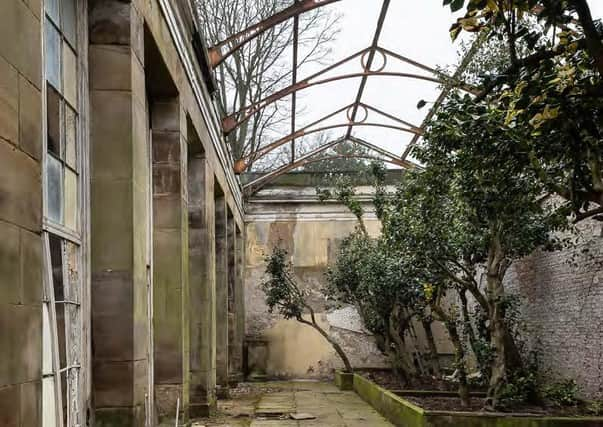Crumbling camillia house transformed in £5m makeover at Wentworth Woodhouse


The plants were exotic, expensive to transport and came from a markedly different climate.
So to protect their investment, they set about replicating those conditions.
Advertisement
Hide AdAdvertisement
Hide AdThe camellia house which sprang up in the grounds of Wentworth Woodhouse was architecturally impressive, had its own boiler and features which would seem indulgent even today, like under-floor heating.
But in the end, the family could have saved their cash.
As the family’s fortunes subsided and neglect set in, the camellia house deteriorated and the glass roof gave way, the rare species inside did not die.
Instead they rose to the challenge, quite literally, growing out beyond the glass which once contained them.
They turned out to be hardy, after all.
Today, after a huge restoration project, the clock has been turned back, with the building lovingly restored and the plants, which date back to 1790, with some so unusual it is likely they will go unidentified, carefully nurtured into sparkling health.
Advertisement
Hide AdAdvertisement
Hide AdIt puts head gardener into the circumstances his predecessors faced, more than 200 years previously - tackling the unknown challenge of cultivating the specimens under glass, in an artificial environment, with no prior knowledge of how they will fare.
In its heyday, the camellia house would have been used by the Fitzwilliams to entertain guests, with the plants flowering while the weather outside was not at its best.
The family have long since ended their association with the ‘big house’, now operated by the Wentworth Woodhouse Preservation Trust, and in future, visitors will be able to experience a small slice of being entertained in that space.
It has now been opened up as a dining room, offering visitors the opportunity to sit and enjoy light meals.
Advertisement
Hide AdAdvertisement
Hide AdBut head gardener Scott Jamieson has already warned the camillias will always have centre stage, to the point where if they are deemed to need more fresh air, visitors may be asked to wrap up a little, when the doors are open.
They are also taking a back-to-nature approach: “We are using biological controls, like ladybirds,” he said.
“We don’t want a toxic environment, let’s let nature find a balance.”
The runaway camillias were carefully pruned back to manageable sizes as the work progressed, but after the builders moved out, Scott found the plant leaves were covered with a combination of builders’ dust and sawdust.
Advertisement
Hide AdAdvertisement
Hide Ad“The leaves were grey with builders’ dust. Me and 30 volunteers got some ladders and polished every leaf, it was just caked on.”
Their efforts succeeded, restoring the beauty of the plants ahead of the public opening of the building, but also securing their health, because leaves are used to breathe.
The camellias are now being propagated, with some growing beyond the confines of the building, unprotected from the weather out in the gardens.
However, there is little chance they will be needed to replace the originals. Despite their age, Scott estimates they may have another 700 years life-expectancy.